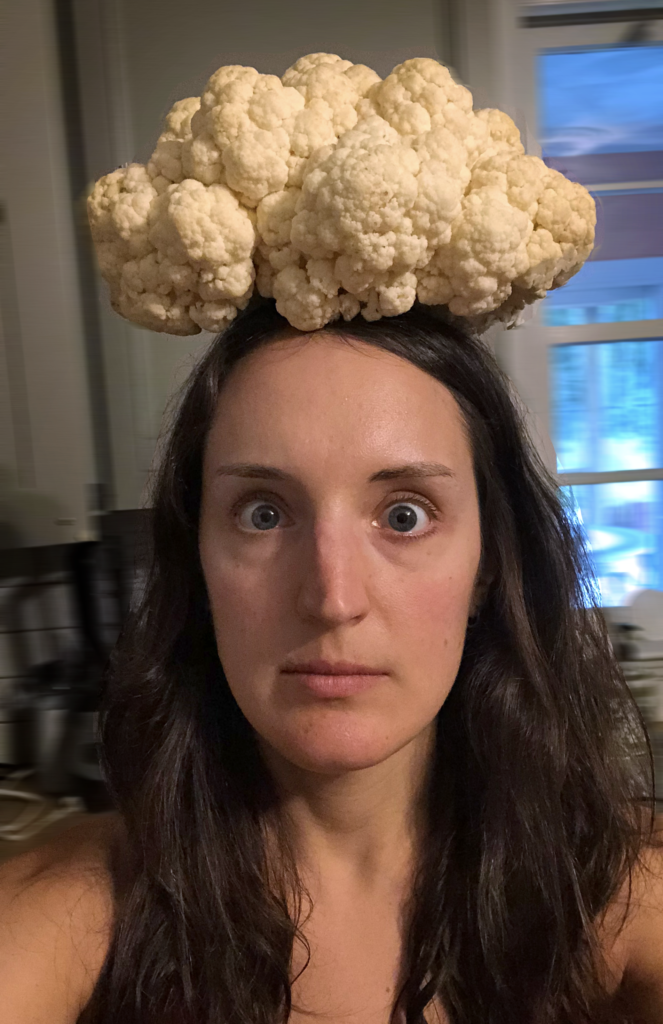
How do you stay full in a calorie deficit?
Is it normal to be hungry all of the time while trying to lose fat?
Are there ways to make this part of fat loss a little easier?
As the title of this article implies, yes, there are things you can do to stay full and make this process suck a bit less (because, let’s be honest, being in a calorie deficit isn’t exactly fun).
First off, let’s talk about hunger.
Hunger
There are a few important things to note here.
1. Hunger is a normal sensation. We all experience hunger.
Whether you’re trying to lose fat, if you’re maintaining your weight, or even if you’re in a calorie surplus, there are still times during the day when you get hungry. It’s normal.
2. There are several different hunger cues; it’s not just when your stomach growls, though that’s certainly one of them.
You could be thinking about food more often or imagining your next meal.
You could feel slightly lightheaded when you stand up.
You could feel like you have less energy at a certain point in the day.
3. You can have an appetite for something without actually being hungry; there’s another reason or feeling behind it instead.
You might want something refreshing, but you’re actually thirsty and not hungry.
You might be bored, and going over to the fridge and snacking is something to do.
You might have just seen a captivating video of mac and cheese on Instagram, and now you want some all up in your face even though you just had lunch.
Hunger is also a continuum. You could be ravenous, or you could be at the “Sure, I could eat” point.
It takes some time and practice to recognize what true hunger cues are for you, if you’re actually hungry, and what you might be feeling instead.
4. It’s normal to be slightly hungry in a calorie deficit.
It’s a calorie deficit. You’re eating less food. It makes sense that you might be a little hungry throughout the day. That’s okay.
In fact, if you feel completely full after every meal (as opposed to satisfied, or more around 80% full), you’re probably not in a calorie deficit.
5. It’s NOT okay to be starving all of the time in your calorie deficit.
If you’re truly very hungry, very frequently, with some of the more extreme cues (growling stomach, feeling lightheaded or dizzy, thinking about food all of the time), your deficit is too steep.
You’re eating too few calories. You won’t be able to maintain it for very long, and it’s miserable.
Increase your calories a bit so you’re still in a deficit, but your hunger is much more manageable and sustainable.
Don’t know how many calories you should be eating? Shoot me a message and we’ll figure it out!
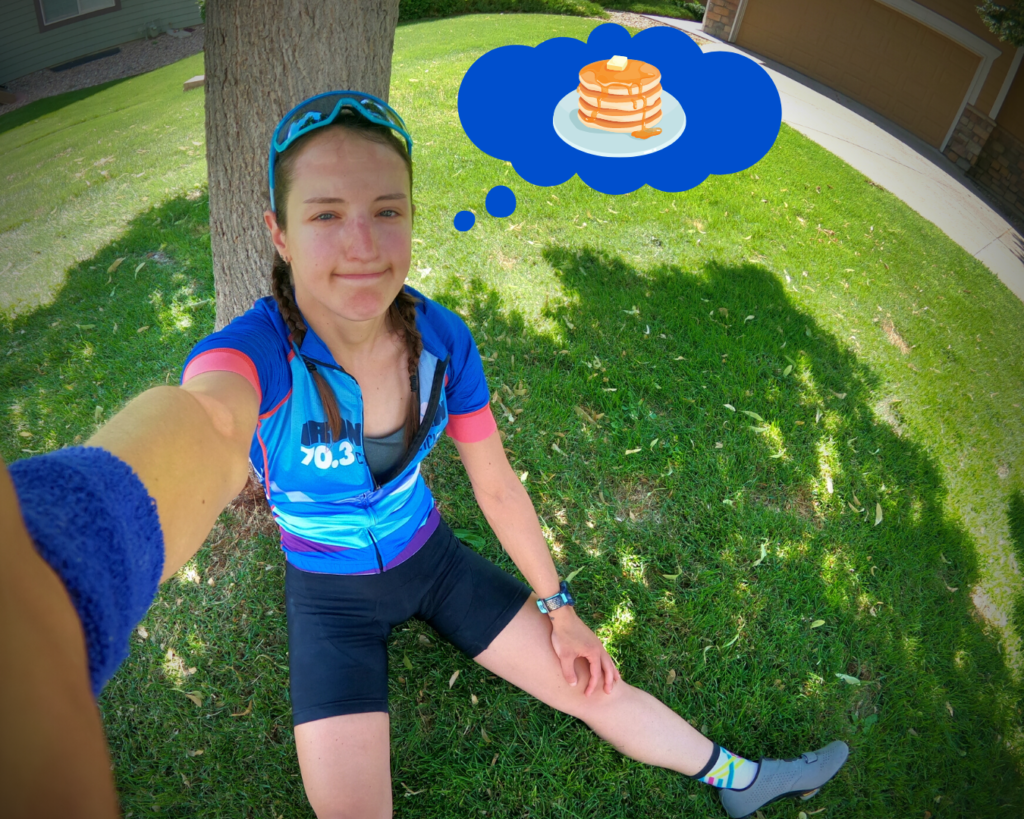
Staying Full in a Calorie Deficit
Now that we’ve established that a little bit of hunger is normal while trying to lose fat, let’s talk about what you can do to mitigate this hunger while still staying in your deficit.
A calorie is a calorie – it’s a unit of measurement. But calories from different foods can have different effects on how you feel.
There are some foods that are more filling than others, leading you to be more satiated while consuming the same number of calories or less.
So, what are they?
1. Protein
Out of the three macronutrients (protein, carbohydrates, and fat), protein is the most satiating. You’ll feel fuller from protein-rich foods, and you’ll stay that way for longer.
Additionally, protein requires more energy from your body to actually digest it, which in turn helps further with fat loss.
These are some of many reasons why ensuring you’re eating enough protein can be extremely helpful if you’re trying to lose fat.
A few examples of some filling protein sources are:
- Greek yogurt
- Cottage cheese
- Lean chicken and fish
- Beans and lentils
- Eggs
- Protein powder
For a deep dive on protein, how much you need, and many, many other food sources other than the few I listed above, check out my in-depth article by clicking here!
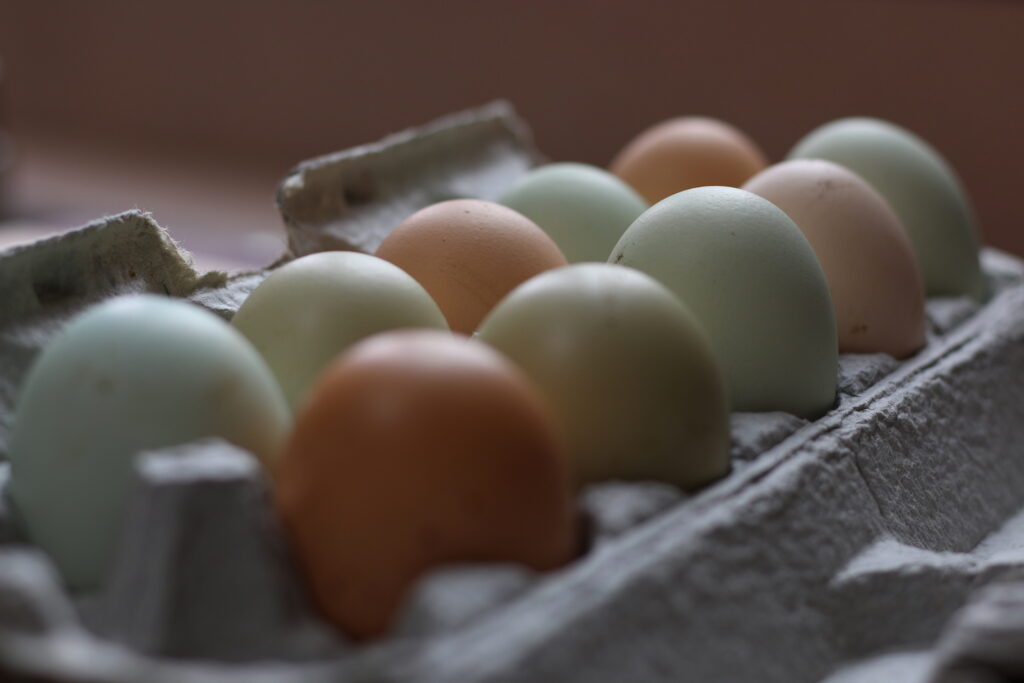
2. Fiber
Fiber-rich foods can also keep you feeling full for a longer period of time, as they take longer for your body to digest.
Some examples:
- Oatmeal
- Whole grains
- Beans and lentils (again; yes, many of these foods overlap)
- Popcorn (assuming you’re not melting a stick of butter on top)
- Fruits and vegetables
3. Vegetables
Speaking of which, vegetables can additionally fill you up more simply because of their volume.
Think about it. You could fill up a large bowl with lettuce, kale, or spinach as the base for a salad, and it’s quite a lot of food to eat, yet it has very few calories.
It’s not just salad; pretty much any non-starchy vegetable falls into this category:
- Broccoli
- Cauliflower
- Brussels sprouts
- Asparagus
- …you name it.
Fun fact: when I first started eating more plant based, I discovered that an entire pound of Brussels sprouts was pretty low calorie and had an impressive amount of protein, for a vegetable. So that became one of my staple dinners, as a big bowl with sweet potatoes, pumpkin seeds, and a maple mustard dressing. However, I DON’T recommend this; the whopping amount of fiber actually became TOO filling, leaving me feeling bloated and uncomfortable, and I eventually reduced the amount of Brussels sprouts to a more reasonable portion.
The lesson here: more is not always better! Don’t slam a pound of vegetables just because you can, and definitely don’t eat an entire head of cauliflower like the one that’s on my head in the picture at the beginning of this article. That thing was enormous.
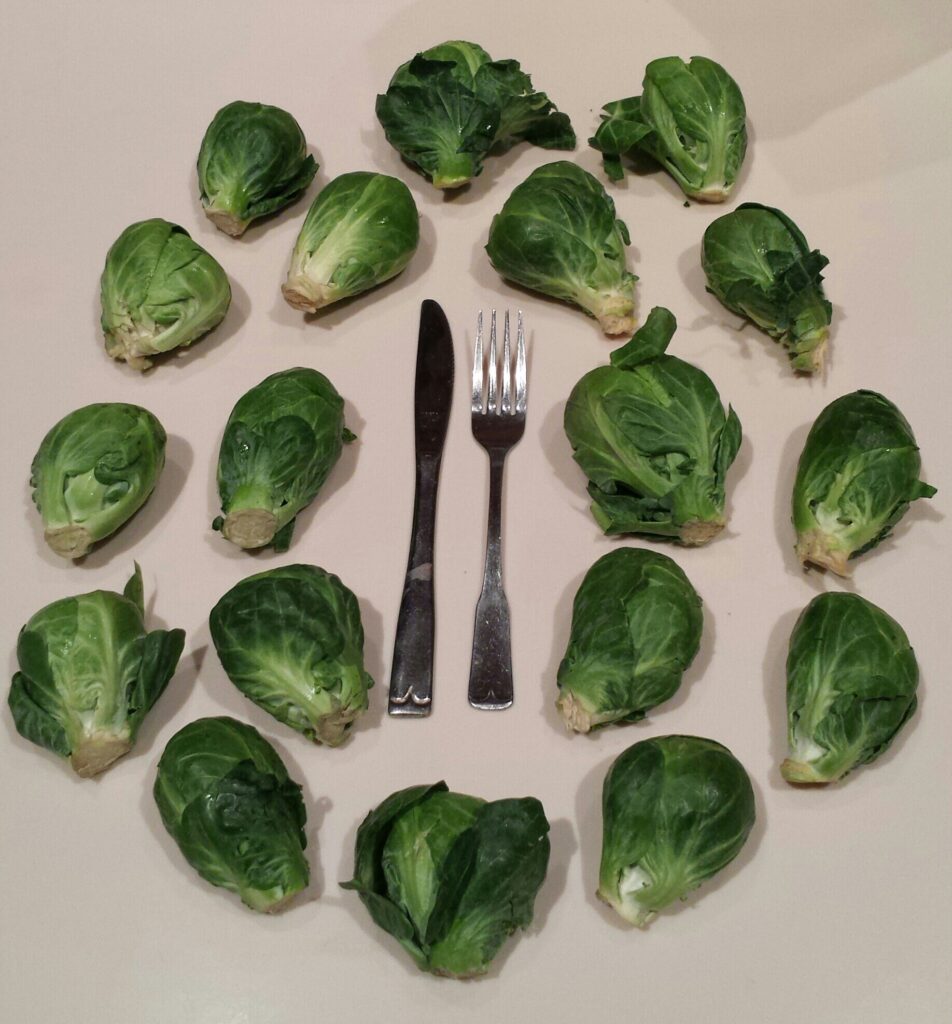
4. Fruit
Similarly, many fruits can be quite filling because of their water content.
For example, an entire pound of watermelon is only around 140 calories.
The water content means that, like vegetables, it’s a lot of volume for far fewer calories.
Some other fruits that fall into this category are:
- Berries
- Apples
- Oranges
- Cantaloupe
5. Whole foods vs. processed/packaged foods
First of all, you don’t have to eliminate processed foods. They can be extremely convenient, time-saving, and delicious. You can still lose fat while including them.
If you’re struggling to stay full, however, it may be worth having LESS of them while you’re in a calorie deficit, if that’s possible for your lifestyle and your schedule.
Generally, the more processed a food is, the less filling it’s going to be. It’s already largely broken down, so it doesn’t require a lot of energy from your body to do so. It’s the opposite of the foods I’ve mentioned already; rather than eating fewer calories and staying fuller, you’re eating more calories but not getting as full.
This includes higher-calorie drinks as well. Again, you don’t have to cut them out, just be aware.
6. Fat
This one is tricky, because fat contains more calories per gram than protein and carbohydrates. So higher-fat foods are also higher-calorie foods.
It’s important to be aware of this because, again, it’s the opposite of the foods that have fewer calories for such high volume. While 140 calories of watermelon is an entire pound, 140 calories of peanut butter is only about a tablespoon and a half (or about a sixth of a pound). It can be easy to go into a surplus from a lot of higher-fat foods.
However, the other end of the spectrum isn’t effective, either. I personally find that if my meal is particularly low in fat for whatever reason, I’m hungry again shortly after.
For example, if you’re having plain oatmeal for breakfast and find it’s not filling enough even though it’s got fiber, consider one of these options:
- Make it with milk or non-dairy milk instead of water
- Add a spoonful of hemp, flax, or chia seeds (as a bonus, they’ve also got more fiber and some protein)
- Add a bit of nut butter
- Have an egg on the side (or soft-boiled and exploded on top of the oatmeal, as I used to do, much to the disgust of others. It was delicious.)
Yes, you’re adding more calories to your meal, but if it prevents you from mindlessly snacking an hour later, you’re actually eating less overall.
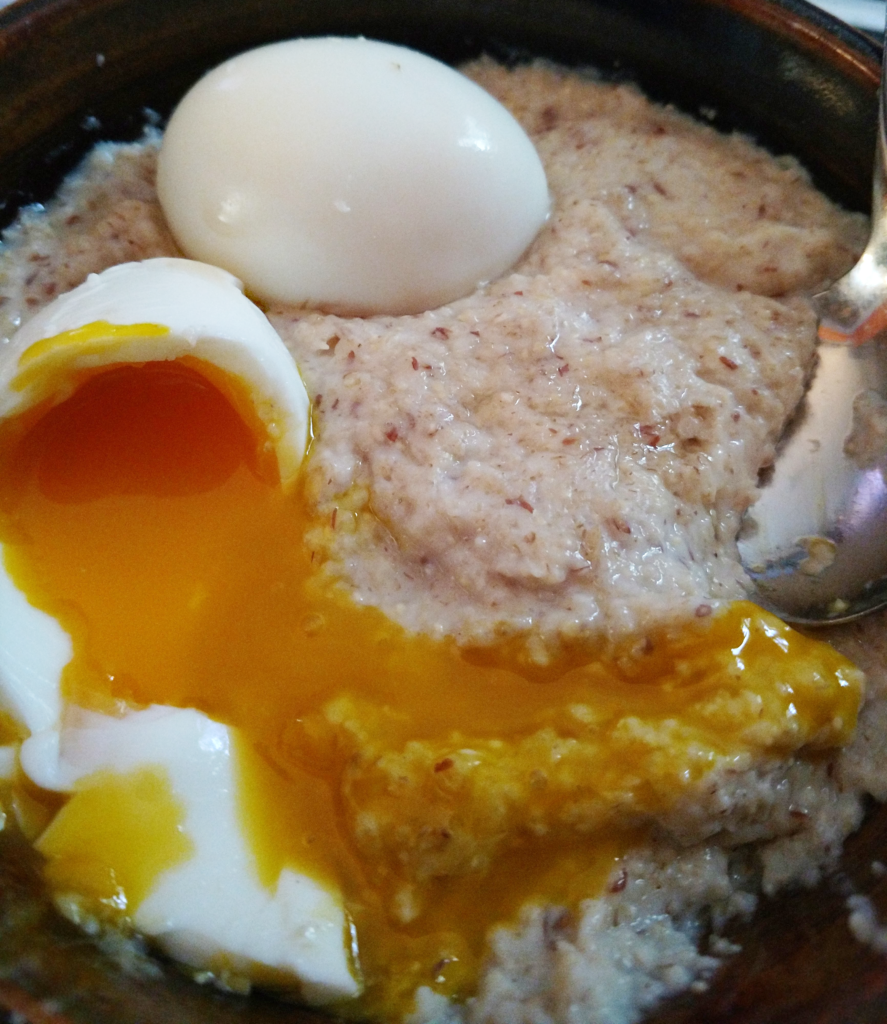
7. Water
Yes, I’m counting this as a food, because it can be filling.
Though plain water obviously has no calories, drinking a glass before and after every meal takes up room in your stomach and can help you feel fuller.
Generally, ensuring you’re well hydrated throughout the day can do the same, as well as reduce cravings.
Coffee, tea, and soups with a lot of broth can also apply here.
Be wary of using beverages to mask strong hunger pangs, though. Sure, like I mentioned before, hunger can sometimes be mistaken for thirst, or sometimes you’re only slightly hungry and a glass of water can hold you over for another hour before dinner. But be sure to stay in tune with your hunger levels, and if you’re actually very hungry, you may need some actual food.
8. Sleep
Okay, this one’s definitely not a food. But it’s very much worth mentioning.
There are certain hormones in your body that influence hunger and fullness, and these hormones are largely regulated while you sleep.
If you’re not sleeping enough, they can get thrown out of whack, and you could actually feel hungry more frequently.
Focus on getting 7 to 9 hours of sleep each night, and you’ll likely find that you’re not as hungry throughout the day.
Being in a calorie deficit isn’t supposed to be fun, but it doesn’t have to completely suck. You don’t have to be hungry all of the time if you’re trying to lose fat.
If you’re struggling with this, give these tips a try!
And as always, if you feel overwhelmed with all of this information I’ve just provided, start with ONE thing. For example, add a little more protein to every meal, and don’t worry about fiber or fruit or anything else. You can always make further changes later.
Happy eating!
-Dina
Dina Grimaldi is a triathlon & nutrition coach who helps athletes reach their goals while finding the balance they need to fit training comfortably into their lives, and who guides and supports those with nutrition or health goals to cultivate a lifestyle of sustainable habits and a healthy relationship with food.
